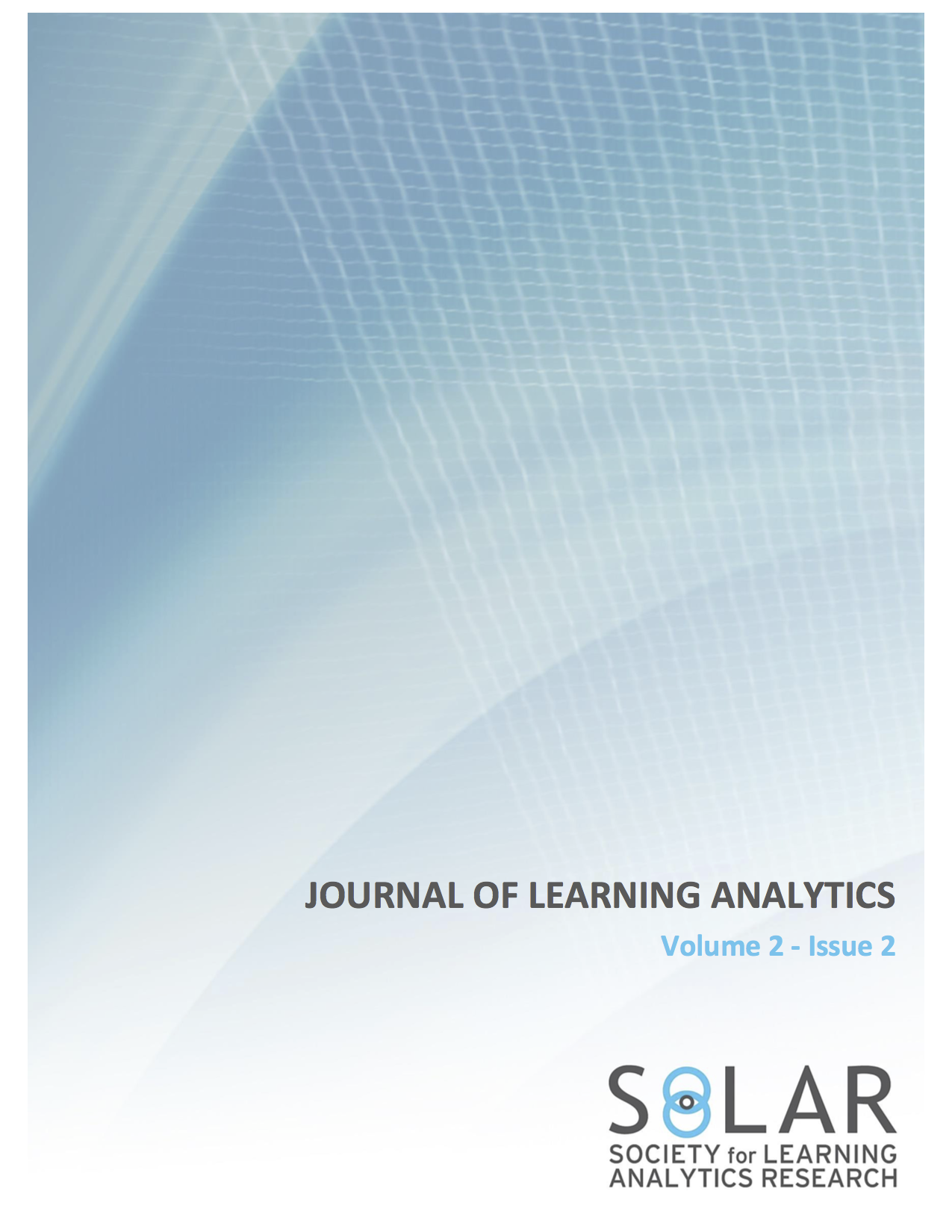With the widespread adoption of Learning Management Systems (LMS) and other learning technology, large amounts of data – commonly known as trace data – are being recorded and are readily accessible to educational researchers. Among different uses of trace data, it has been extensively used to calculate time that students spent on different learning activities – commonly referred to as student time-on-task. Extracted time-on-task measures are then used to build predictive models of student learning in order to understand and improve learning processes. While time-on-task measures have been extensively used in Learning Analytics research, the details of their estimation are rarely described and the consequences that this process entails are not fully examined.
This paper presents findings from two experiments that looked at the different time-on-task estimation methods and how they influence the final research findings. Based on modeling different student performance measures with popular statistical methods in two datasets (one online and one blended), our findings indicate that time-on-task estimation methods play an important role in shaping the final study results. This is particularly true for online setting where the amount of interaction with LMS is typically higher. The primary goal of this paper is to raise awareness and initiate a debate on the important issue of time-on-task estimation within a broader learning analytics community. Finally, the paper provides an overview of commonly adopted time-on-task estimation methods in educational and related research fields.

